
TSAVO FRIENDS
03-12-2022 by Giovanna Grampa
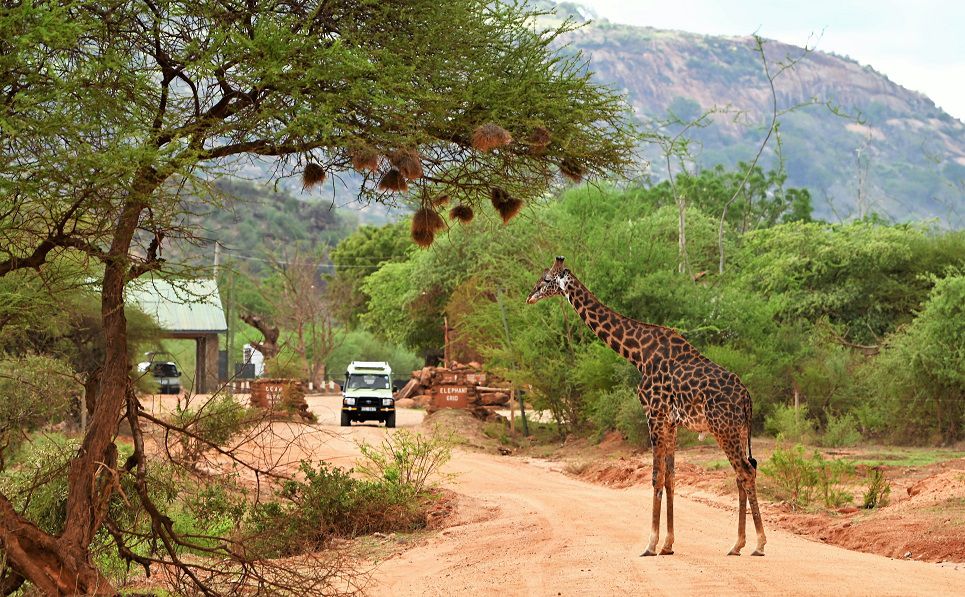
Tsavo is finally coming back to life, bathed in the abundant rain that has fallen in recent days. It is slowly awakening from a comatose state caused by a cruel and ferocious eleven-month drought that has resulted in the loss of many, too many animals weakened by lack of food and, in some areas, even water.
Kenyan parks have lost more than three hundred elephants, a disproportionate number of buffalo, wildebeest, zebras including as many as 49 Grevy zebras, animals now threatened with extinction.
An apocalyptic spectacle: roadside carcasses of poor animals covered in swarms of flies, dehydrated by the sun, beaten up by vulture droppings and skeletons scattered by hyenas. In the background were herds of starving herbivores grazing on land split by wide cracks with no grass or covered with inedible weeds: useless even their migrations to avoid these hardships.
Strong winds lifted clouds of reddish dust and shrouded like a fine mist the slowed pace of weakened animals in search of food. Only the lions, and carnivores in general, binged beyond the limit of satiety so much that they often dragged themselves, their spherical bellies touching the ground, in the shade of the few remaining leafy trees. With foggy eyes they lay lazily, adults and cubs all together, sleeping an unspecified number of hours to work off the overload of pounds of meat, swallowed to the point of exhaustion. But now, for them, the fun is over!
From one day to the next, the increasingly long and intense dry season gave way to rains. Clouds like menacing dragons began to pile up in the sky, gathering in rounded heaps with dark edges, and pregnant with rain spilled torrents of water over the thirsty savannah. The incessant search for water and food finally came to an end.
The rain has come: the puddles fill up, the water swells the seasonal rivers that now have the appearance of real rivers, leaving behind water for everyone. The canals until a few days ago dry, flooding the plains that will feed herds of animals: the struggle for survival is momentarily suspended, and after months of drought this water is a true blessing.
With the rains, the grass grows at an astonishing speed and we witness a true miracle of nature: the savannah reduced to a shrunken carpet is transformed into a velvety bright green plain at times blooming and colorful, dormant seeds and bulbs waiting for this lush moment to transform a lunar landscape almost into an alpine pasture. Everything comes back to breath and life. One breathes in the smell of rain, of wet earth releasing its riches, and new buds sprout on trees once nipped by drought.
Grassy islands dotted and mottled by herds of buffalo, elephants alone or in pairs or family groups with young graze at the edge of lush green meadows beside the water. They still have ribs that can be counted under coats faded by dust and hunger, but soon, replenished with nutritious food, they will regain strength and vigor and the elephants will become nice and round and muscular.
Water antelopes with shaggy gray coats and long curved horns, bespectacled zebras, golden impalas with velvety coats watch us indifferently, intent only on frantically grazing the green tufts of newborn grass. Elephants twist their trunks around acacia branches and forcefully snatch the green, juicy ends, bringing them to their mouths in slow, measured movements.
The baboons, motionless in the meadows, look like statues elevated to the deity of rain that brings them relief and the possibility of new pastures, of happy days away from that red and dusty realm suffered for too many months.
Even the usual sounds of the night are silent, and the frogs have broken out into a deafening chorus, shouting for joy from every puddle filled with water. Everywhere there is a buzz of life activity going on energetically in the new festive savanna.
The mating season begins, and animals large and small take the rainy season as the signal to breed and schedule births because there will be propitious conditions for new cubs to be born and reared with newfound energy.
It will still rain, fortunately. The Tsavo will be able to convey the enchantment of the African savannah, that strange and mysterious entity, endlessly seductive making us almost forget that dry brown grass, on leather-red sand and gray hills in the background: a strange landscape, almost sinister with trees shredded by hungry elephants. If you love the savannah, however, you can only suffer and rejoice with it and experience each season with intensity of emotion because it will never cease to fascinate with its incredible grace and terrifying fragility.
The children of the Tsavo god will live again.
NEWS
by Leni Frau
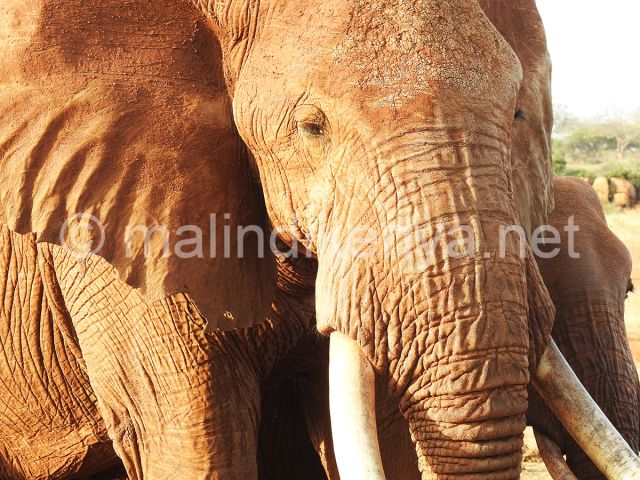
May the land of the savannah be mild to the oldest elephant in Tsavo East who left his homeland to join, as...
WILDLIFE
by redazione
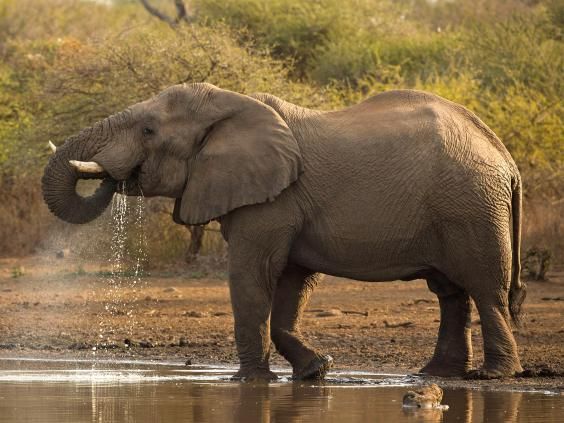
Fighting against poaching and the international ivory ban are yielding their fruits: in three years the number of elephants in Kenya has increased almost 15 percent (14.7 for precision).
The announcement was made by the Kenya Wildlife Service, thanks to the...
WILDLIFE
by redazione

WILDLIFE
by redazione
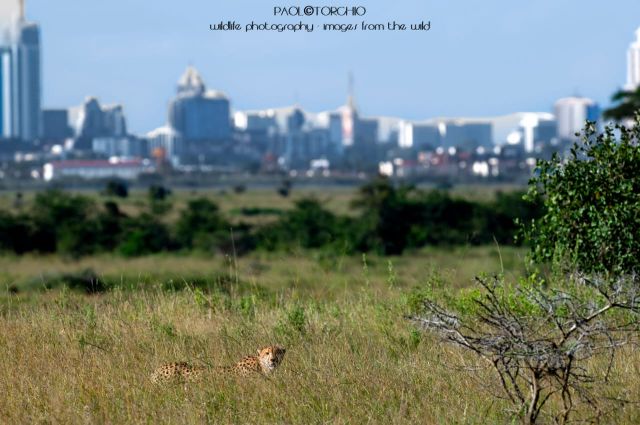
Good news for wildlife in Kenya, and particularly in its capital city, at a time when between climatic woes...
NEWS
by redazione
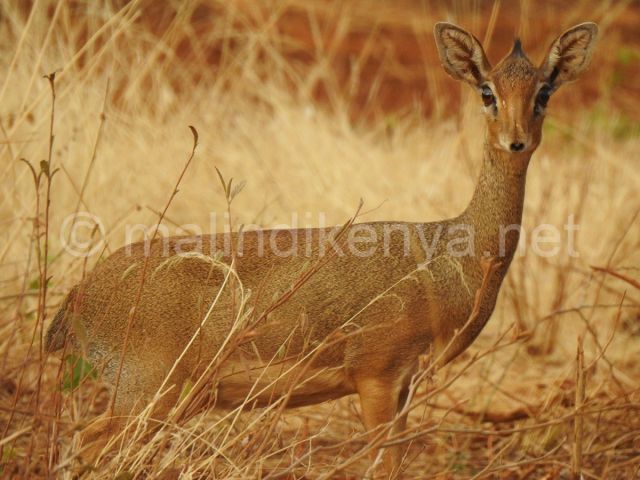
The food emergency in the hinterland of Malindi and Kilifi (as well as in the whole of Kenya) that puts the...
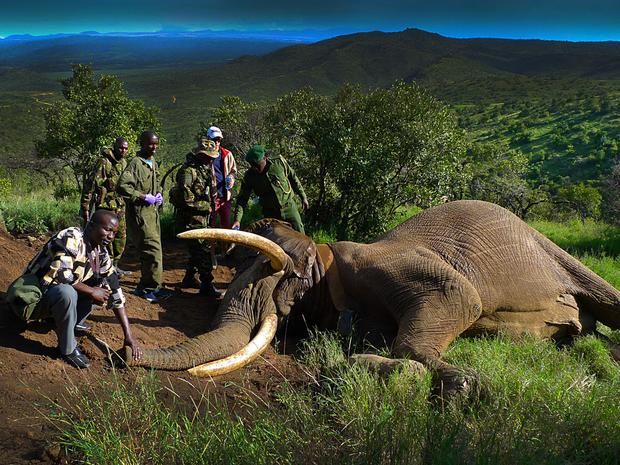
Poaching episodes in the national reserves of East and West Tsavo in the first six months of the year decreased by 96% thanks to...
WILDLIFE
by redazione

The figures presented by ICEA, Lion General Insurance Company at the Kenya Wildlife Service are clear, this year has reached the 100 mark lions killed in the bush of Kenya.
WILDLIFE
by Leni Frau
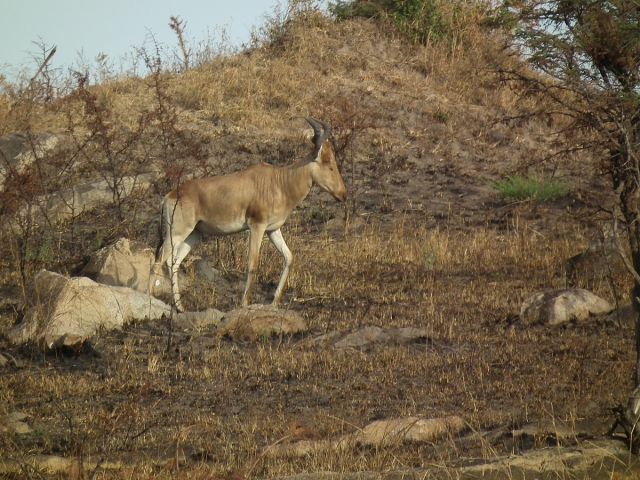
There is also an antelope found only in Tsavo East and West, among the ten...